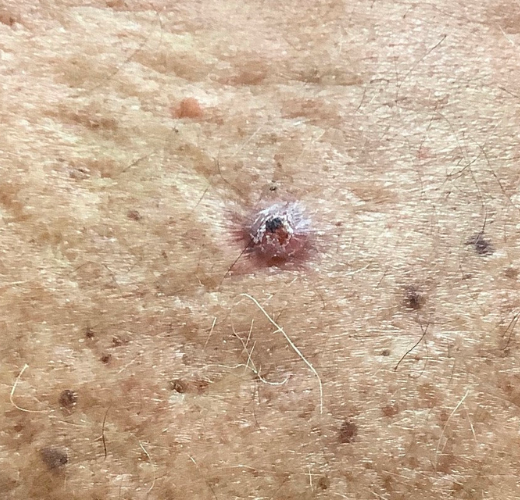What to do when you discover a new “spot”

It’s important to stay “on top” of your “spots” between your annual skin checks so you’re aware if you develop something that doesn’t look like other freckles. Any time you find a suspicious lesion, it’s imperative to schedule an appointment ASAP. Early detection is key when it comes to skin cancer, which includes basal cell carcinoma, squamous cell carcinoma and melanoma. Each of these different cancers begins in a different type of skin cell—but you can reduce your risk and increase your chance of full recovery by being proactive.
First, schedule an annual body check. Put it in your calendar and set it to repeat every year so you never forget. In some cases, it may be best to get an exam every six months, but this depends on risk factors like history of sun exposure, age, skin color and more, which I discuss with patients one-on-one.
Prevention goes a long way, which is why I can’t emphasize how important it is to wear sunscreen every day, 365 days a year, even if you have no plans to spend time outdoors. When you are outside, remember to reapply sunscreen at least every two hours (and after swimming, sweating or toweling off), seek shade and wear a hat, sunglasses and long sleeves and pants (if possible).
In addition to being more knowledgeable about prevention, skin-cancer treatments continue to improve year after year. With the help of new drugs, Mohs surgery and other treatment advances, it’s possible to remove skin cancers and prevent their spread while sparing surrounding tissue and minimizing post-treatment scarring.


